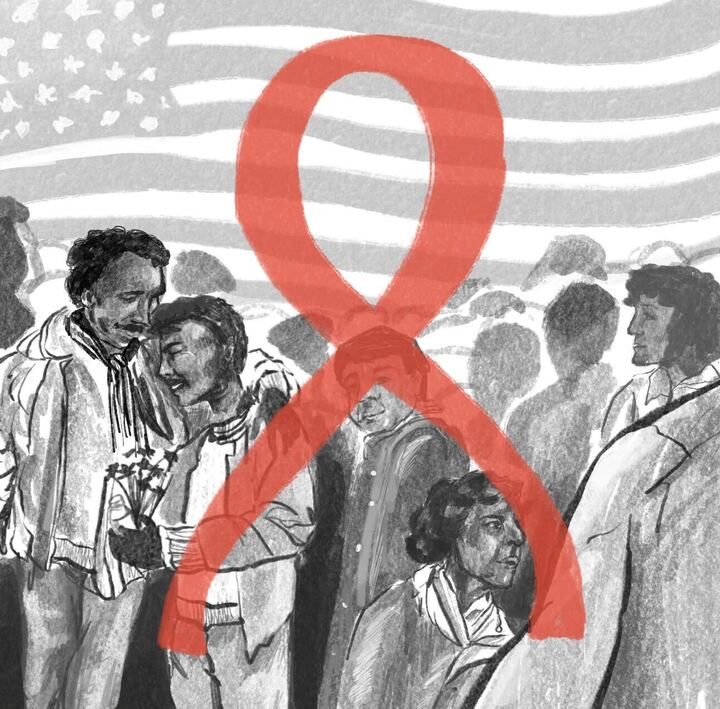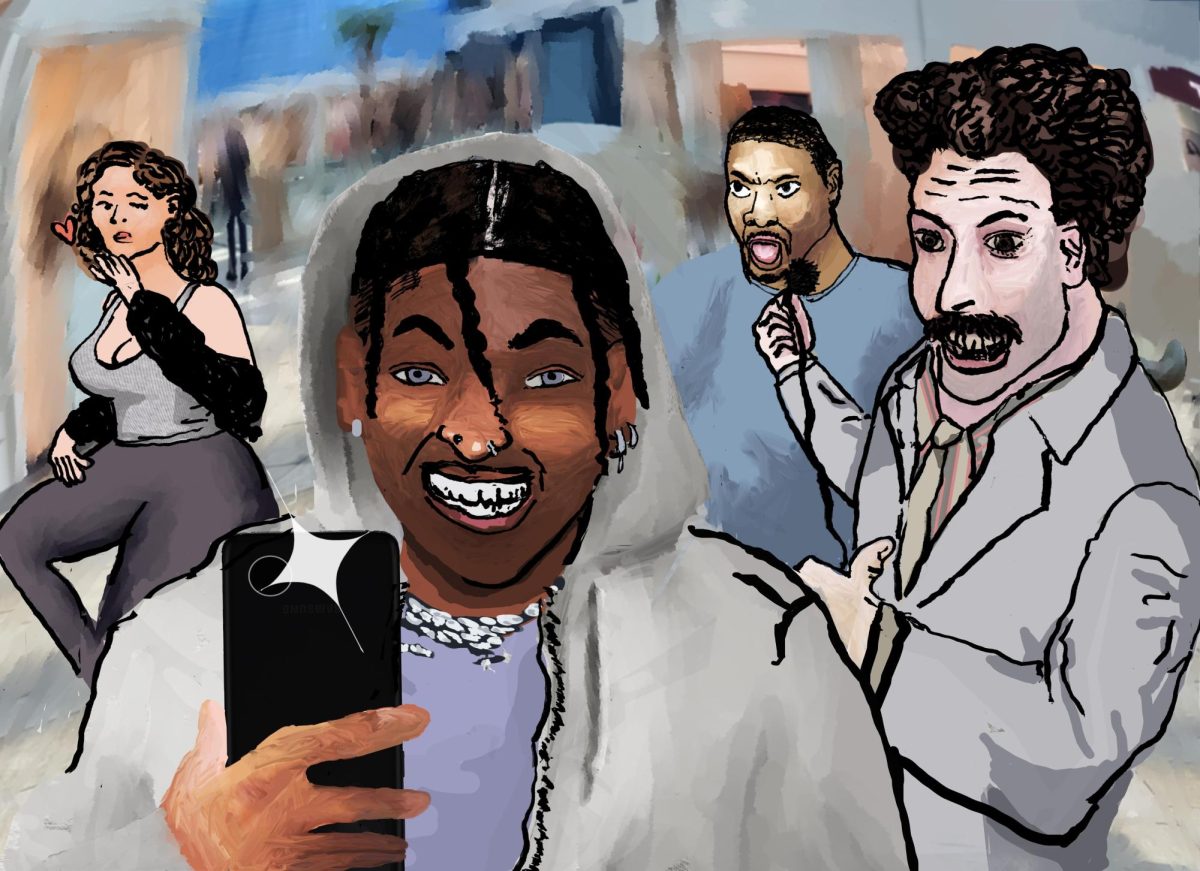In the early 1980s, a mysterious disease plagued several people, predominantly gay men. This disease was later identified as the virus known as the Acquired Immune Deficiency Syndrome, also called AIDS. Beginning with the first affection of HIV, or Human Immunodeficiency Virus, without proper treatment, the virus could erupt into full-blown AIDS.
In the more than 40 years of this tragic illness, many discoveries, treatments and triumphs have occurred. In the 80s, through the wake of the epidemic, it was a completely different world: a world full of misinformation.
The documentary “AIDS Hits Home,” a CBS news special from 1986 hosted by Dan Rather, analyzed the health crisis and those who were devastated by it.
The documentary goes into detail about how the disease created large-scale changes in the dating scene, drug use, promiscuity, and views on the LGBTQIA+ community.
“It just happened to hit the gay community first,” said news correspondent Susan Spencer. “AIDS is not a gay disease, AIDS is a venereal disease. It can pass from men to women and women to men.”
At the time, HIV and AIDS were referred to by the public as a “gay disease,” or a disease that mostly affected LGBTQIA+ communities.
Many individual stories were shared, such as that of Meredith, who contracted AIDS from her boyfriend who was a drug user.
Another woman who contracted the virus from her husband passed away six weeks after she was interviewed. A third story discussed was that of “Paul” who was very sick and had to be hospitalized four times in New York.
Furthermore, the special explained the stories of two families with their children, one with a young adult man and the other with a small child, who both discussed their experiences of having family members with AIDS. Sadly, many of those featured in this news story passed away within a few years of its broadcast.
Although much of HIV is spread through unprotected sex, other factors are to blame as well.
According to the United Nations Office on Drugs and Crime, 10 percent of HIV infections are from drug use, mainly sharing needles.
22 percent of the 32,000 newly infected individuals with HIV, roughly 7,100 people, in 2021 were heterosexual according to the Center for Disease Control and Prevention.
Before proper blood testing, individuals could be infected by contaminated blood. One such instance described in “AIDS Hits Home” is that of Ryan White, who contracted the disease from a blood transfusion in the 80s. He later passed away from complications of AIDS at the age of 19.
HIV and AIDS has been an epidemic that has ravaged many communities in the US. It is a disease that has remained a prevalent issue and topic in the news, despite the numbers having decreased significantly over time.
In the 1990s many antiviral medications became more widely available that allowed many people to live healthier, longer and more prosperous lives than ever before.
Great strides have been made over the decades to combat this terrible affliction. Those with HIV have even had the opportunity to become undetectable as newer medications, such as Truvada or the drug mentioned in the documentary, azidothymidine (AZT), can alleviate complications of the virus. Many have been fortunate enough never to have the illness progress to full-blown AIDS.
Even though the virus has come a long way, it still affects American lives, and those who have lost their lives should never be forgotten. They are true pioneers of a movement to make life better for future generations and to combat this heavily stigmatized entity.
Singer and songwriter Madonna has had a large impact on the HIV and AIDS community and has some songs dedicated to her friends who passed away from the virus. “In this Life” was a popular one where she describes a very close friend and how kind and fatherly he was to her, and further that it should not matter who he loves. Also mentioned was the ignorance of people regarding the virus, and that they would “rather turn the other way and wait for [AIDS] to go away.”
Instagram hosts a special memorial page dedicated to those who have passed on over the last three decades to HIV and AIDS. This page is a beautiful commemoration of people for not how they died, but how they lived and changed the world.
As over 40 years have passed since the virus’ inception, many people have come together in harmony rather than be separated by fear. As we all have become more educated and understanding of HIV and AIDS, more and more steps have been taken over the decades to combat it. Hopefully this same can become true for all the brokenness in the United States and even the whole world. History repeats itself and only us humans can change that.












